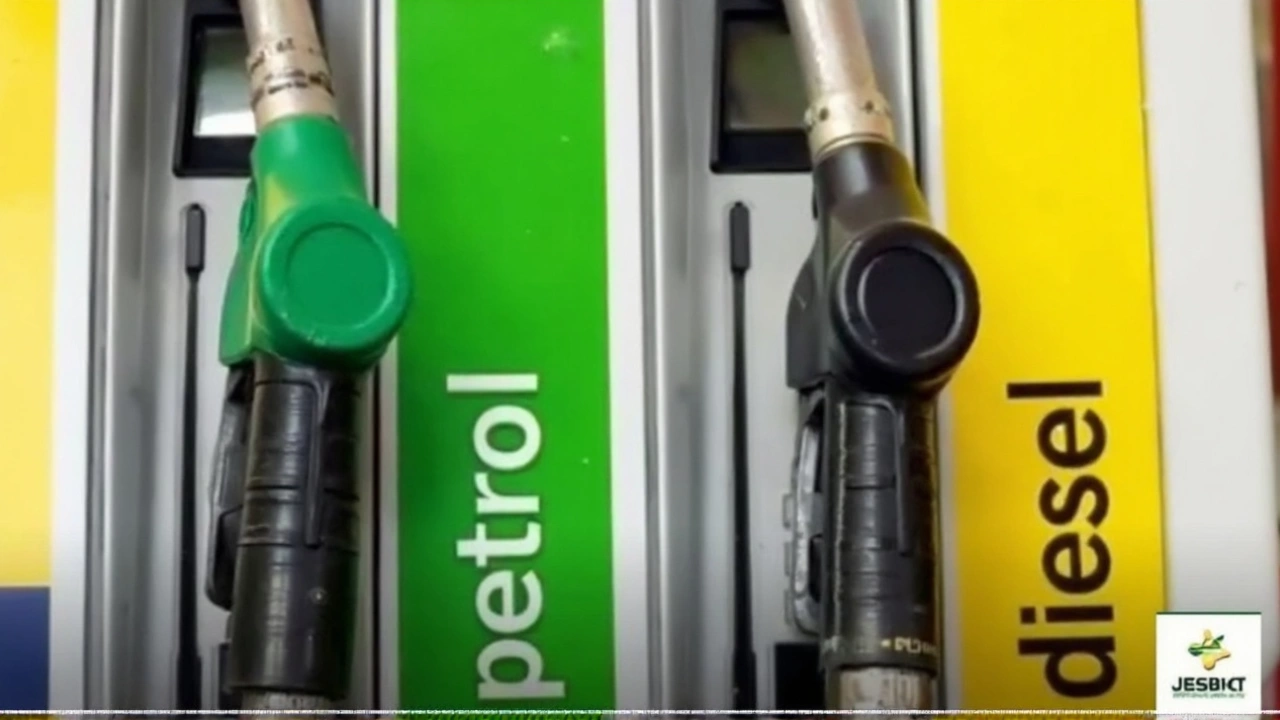Excise Duty Explained in Simple Terms
Ever wondered why a bottle of whisky costs a bit more than the label says? That extra amount is often excise duty – a tax the government adds to certain goods. It’s not a random charge; it’s a tool to raise revenue and control consumption of products like alcohol, tobacco, and fuel.
How Excise Duty Is Calculated
Excise duty works on a per‑unit basis. For example, the tax on a litre of petrol might be specified as INR 15 per litre. Manufacturers and importers add that amount to their production cost, and the price you see at the pump includes the tax. The rate can be a flat amount or a percentage of the product’s value, depending on the item.
Who Pays Excise Duty?
Legally, the duty is paid by the producer or importer, not the consumer directly. However, businesses usually pass the cost on to you, the buyer. That’s why you’ll notice higher prices for cigarettes, sugary drinks, and luxury cars – all of which attract higher excise rates.
For businesses, handling excise duty means filing regular returns with the Central Board of Indirect Taxes and Customs (CBIC). The filing schedule varies: some goods require monthly returns, others quarterly. Missing a deadline can bring penalties, so keeping a calendar is a must.
Small traders often wonder if excise duty still applies after GST was introduced. The short answer: yes, for certain products. GST replaced many indirect taxes, but excise duty remains for items that the government wants to tax heavily, like petroleum and tobacco.
One practical tip: if you import goods, check the customs valuation method. The duty is calculated on the assessable value, which includes the cost of the goods, freight, and insurance. Knowing this helps you forecast the total landed cost accurately.
Consumers can also benefit from knowing excise rates. When you compare prices, a lower‑priced product might actually be cheaper because it carries a lower excise duty. Look for “tax‑inclusive” price tags if you want a clear picture.
From a policy angle, excise duty serves two goals. First, it generates revenue for the government’s budget. Second, it discourages consumption of harmful products. Higher taxes on cigarettes, for instance, have been linked to lower smoking rates in several countries.
If you run a business that deals with excise‑subject goods, consider using accounting software that tracks duty rates automatically. It saves time and reduces the risk of mis‑calculations. Many platforms also generate the necessary returns in the format the CBIC requires.
Bottom line: excise duty is a specific tax on certain goods, paid by producers or importers, and usually passed on to you. Understanding the rates, filing requirements, and how it impacts price helps both businesses and consumers stay informed and avoid surprises.
Excise Duty on Petrol and Diesel Hiked by ₹2/Litre: Retail Prices Stay Steady in India
India has raised the excise duty on petrol and diesel by ₹2 per litre as of April 8, 2025, increasing the excise rate to ₹21.90/litre for petrol and ₹17.80/litre for diesel. Despite the increase, retail prices remain stable as the government opts to keep additional revenue rather than pass on benefits to consumers amid global economic instability.





